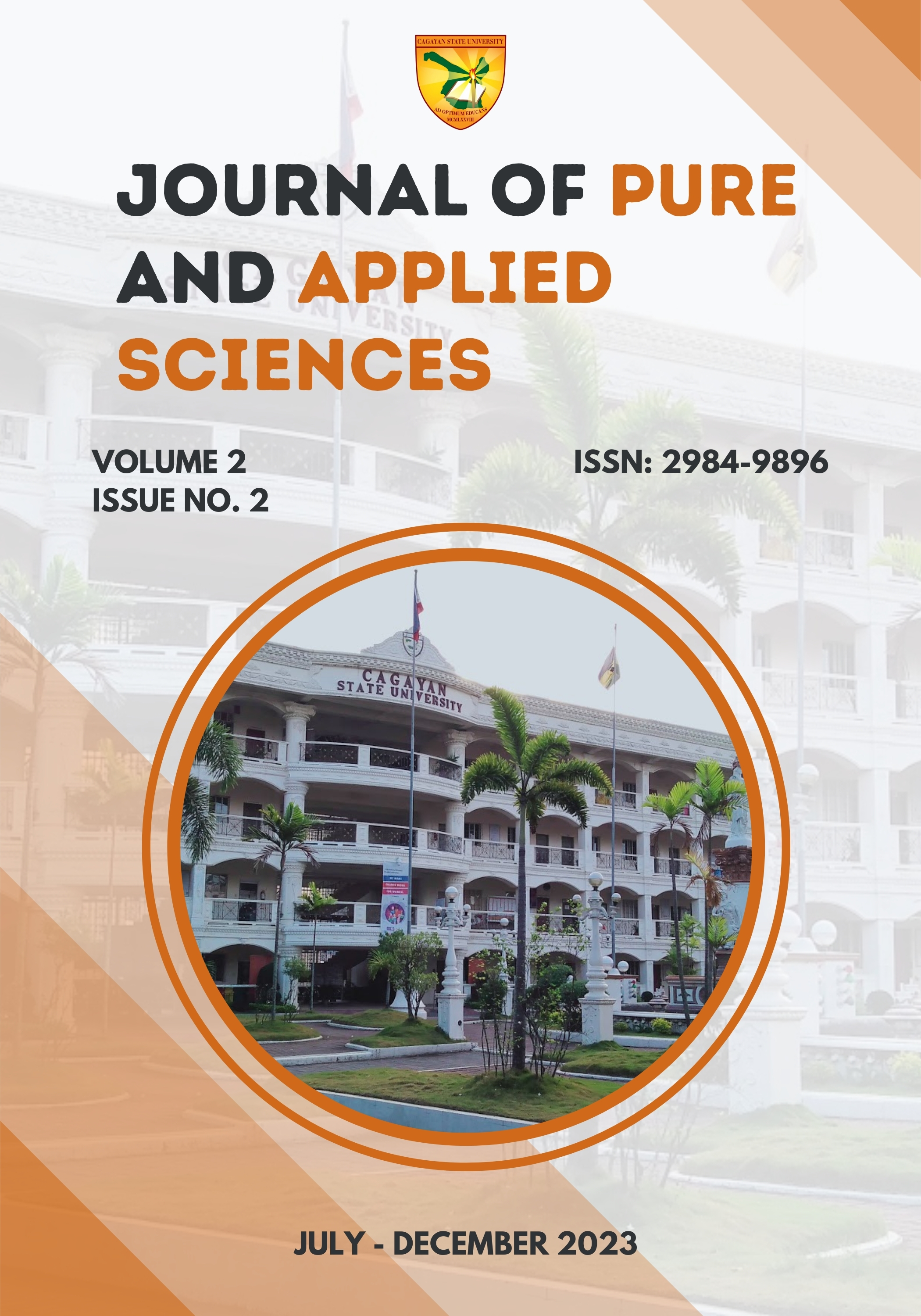Pyrolytic Extraction of Diesel from Polypropylene Face Mask
Keywords:
disposable face mask, pyrolysis, diesel, calorific value, waste-to-energyAbstract
During the past three years, the COVID-19 served as a catalyst for the continuous and rapid increase of disposable face mask wastes and with its slow decomposition, it piled up in landfills for a long time. As they are made of polypropylene plastics, they have a good amount of energy content. Pyrolysis repurposes this end-life face masks into liquid fuel such as diesel. Three temperature ranges were used in the pyrolysis namely 200-250°C, 250-300°C, and 300-350°C. One-kilogram face mask sample per treatment were pyrolyzed, each being repeated three times for accuracy. It was found that the optimal pyrolysis temperature is at 250-300°C. At this temperature range,593.67 mL of pyrolytic oil was produced. From this pyrolytic oil, 125.33 mL of diesel was extracted through the use of fractional distillation at 260-350°C. The density, which was determined at 21°C was corrected and yield a value of 811.47 kg/m3 at 15°C. This density is almost similar to the density of the Shell Fuel Save Diesel density showing possibility of it to be marketed. Lastly, the calorific value of the diesel is 44.95599 MJ/kg which is higher than the European standard which is at least 35 MJ/kg which means that the extracted diesel has a high quality. By-products such as gasoline, kerosene, and residual oil was also produced. The amount of gasoline yield is 132.45 mL, kerosene yield is 120.67 mL, and residual oil yield is 215.71 mL.

